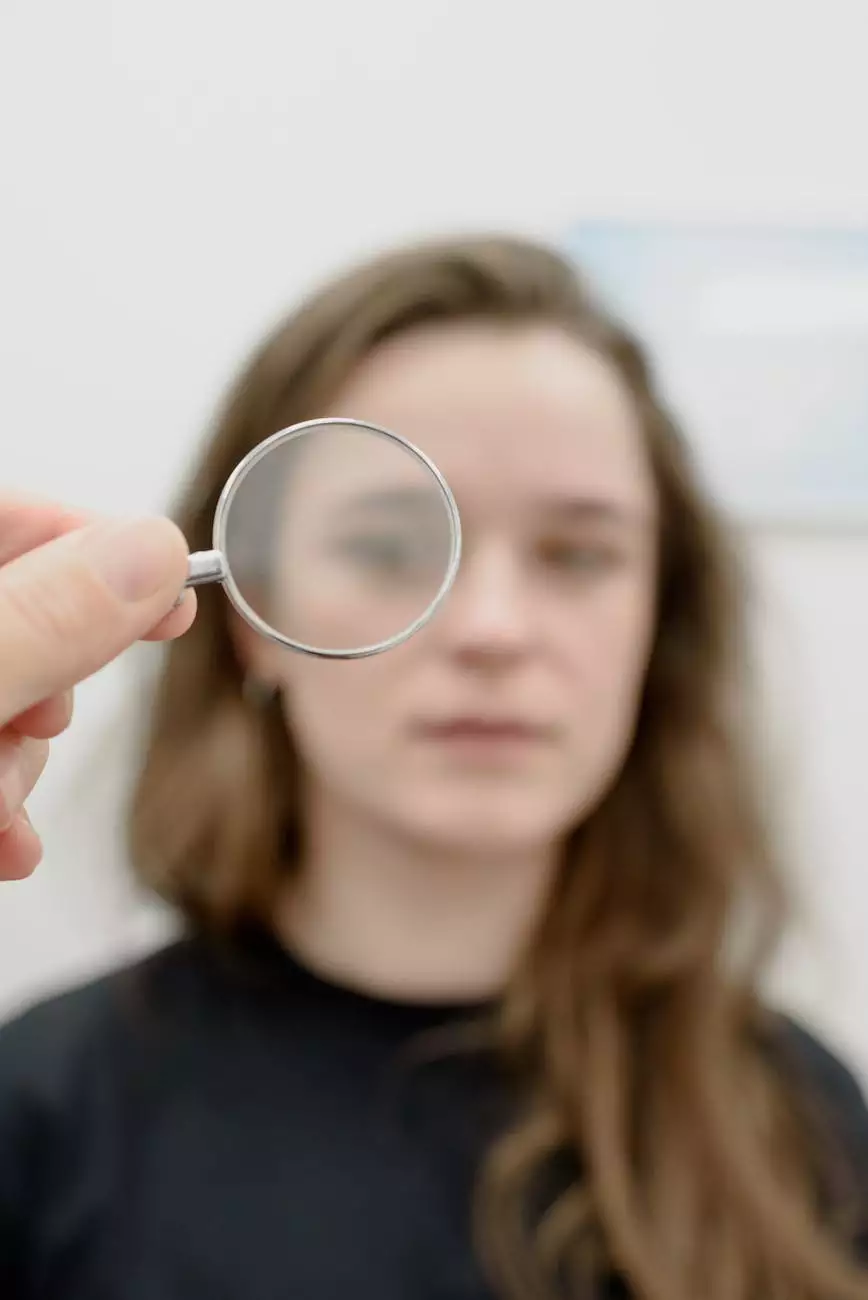CAR-T Cell Therapy: How It Works
Resources
Introduction
Welcome to PrimdeVie, your ultimate source for comprehensive information on CAR-T Cell Therapy. In this article, we will delve into the intricacies of this groundbreaking treatment that is revolutionizing cancer therapy. If you are seeking to understand how CAR-T Cell Therapy works, you have come to the right place!
Understanding CAR-T Cell Therapy
CAR-T Cell Therapy stands for Chimeric Antigen Receptor T-Cell Therapy. It is a cutting-edge immunotherapy approach for treating certain types of cancer. By harnessing the power of the immune system, CAR-T Cell Therapy offers new hope to patients battling advanced or refractory malignancies.
The treatment involves reprogramming a patient's own T-Cells, a type of immune cell, to better recognize and attack cancer cells. This is achieved by genetically modifying the T-Cells to express a chimeric antigen receptor (CAR) on their surface. The CAR is designed to target specific surface proteins found on cancer cells.
1. Collection of T-Cells
The CAR-T Cell Therapy process begins with the collection of a patient's T-Cells. This is typically done through a procedure called leukapheresis, where blood is drawn from the patient and sent through a machine that separates T-Cells from other blood components. The T-Cells are then isolated and purified, ready for modification.
2. Genetic Modification
Once the T-Cells have been collected, they are sent to the laboratory for genetic modification. Scientists use viral vectors, usually lentiviruses or retroviruses, to introduce the genetic material encoding the CAR into the T-Cells. This modification allows the T-Cells to produce the CAR on their surface and recognize cancer cells.
3. Expansion and Activation
To maximize the effectiveness of CAR-T Cell Therapy, the genetically modified T-Cells need to be expanded and activated. This is achieved by growing the T-Cells in specialized culture conditions that stimulate their proliferation and activation. The goal is to generate a large population of CAR-T Cells ready to target cancer cells.
4. Infusion and Activity
Once a sufficient number of CAR-T Cells have been produced, they are infused back into the patient's body through an intravenous (IV) line. Once inside, the CAR-T Cells circulate and locate cancer cells based on the specific surface protein that the CAR targets. Upon recognition, the CAR-T Cells initiate a potent immune response against the cancer cells, leading to their destruction.
5. Persistence and Monitoring
Following the infusion of CAR-T Cells, it is crucial to monitor the patient's progress closely. It is common for patients to experience side effects, such as cytokine release syndrome (CRS) or neurotoxicity, due to the intense immune response triggered by CAR-T Cell Therapy. However, these side effects are typically manageable with appropriate medical interventions.
Furthermore, the persistence of CAR-T Cells within the patient's body is essential for long-term efficacy. Regular monitoring through blood tests and imaging techniques allows healthcare professionals to assess the CAR-T cell levels and their impact on tumor regression. Adjustments to the treatment plan can be made if needed to ensure optimal response.
Conclusion
CAR-T Cell Therapy has emerged as an extraordinary treatment option for many cancer patients who have limited alternatives. By genetically modifying a patient's own T-Cells, this innovative approach enables the immune system to effectively target and eliminate cancer cells. The process, from T-Cell collection to infusion, involves several crucial steps that ensure the success and safety of the therapy.
If you or someone you know is considering CAR-T Cell Therapy, consult with your healthcare provider to determine if it is a suitable option for your specific situation. Stay informed and empowered with PrimdeVie as your trusted source of information on the latest advancements in cancer treatment.










